7 High-Fiber Foods That Target Belly Fat in a Month
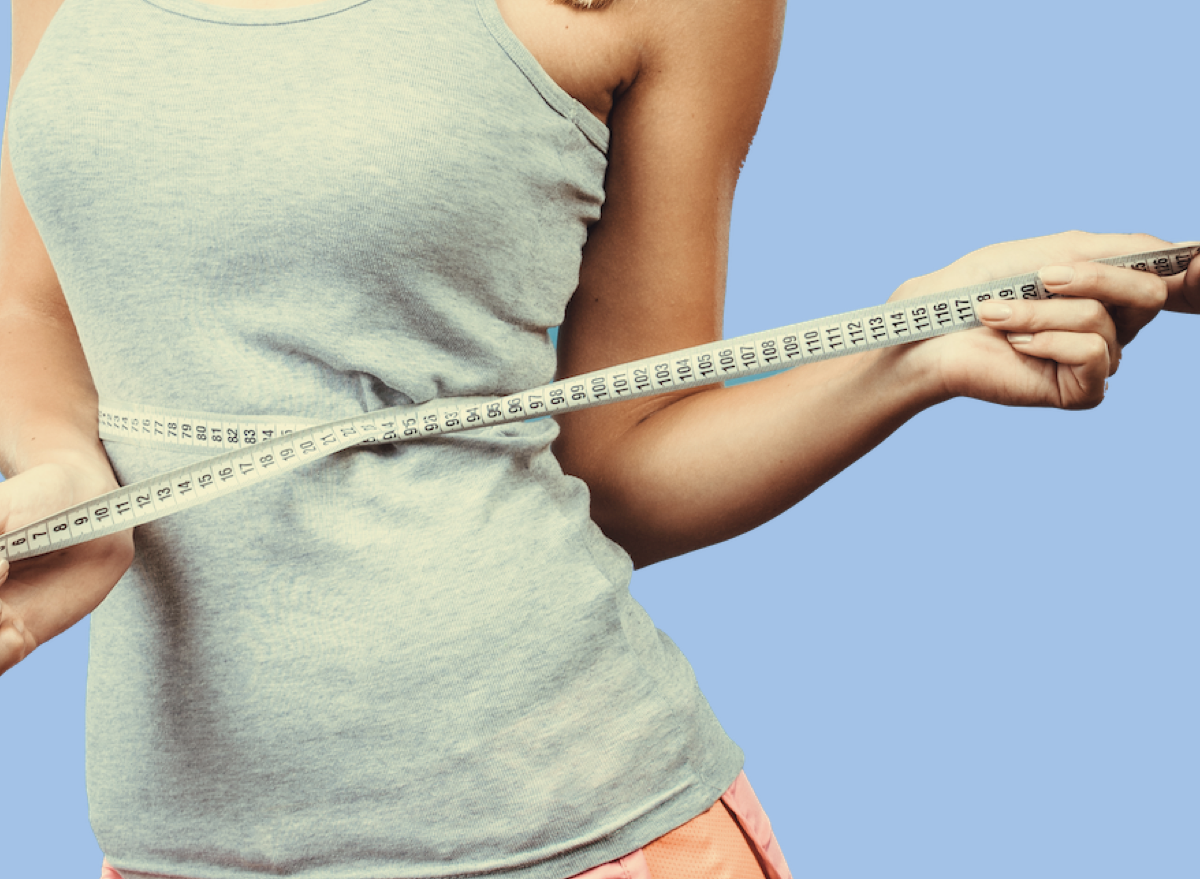
Are you looking to blast belly fat? Amp up your fiber intake. “Fiber is one of the unsung heroes of fat loss! More people are starting to realize how important it is to incorporate more fiber in their diets and, in doing so, start to notice improved results when it comes to losing weight and shedding fat,” says Jonah Mitchell, personal trainer at Life Time Westminster in Colorado, who has a B.S. in Exercise Sport Science and is a Level-1 Nutrition Coach from the Nutrition Coaching Institute. “No one food targets belly fat, but high fiber foods can help you create a consistent calorie deficit. That’s where the magic is. High fiber foods help improve blood sugar spikes, which can promote insulin sensitivity, help improve digestion so you feel fuller for more extended periods.” A bonus? Fiber “feeds your gut, which will improve hormonal functions and reduce inflammation. In short, these foods don’t burn fat in the sense that we think, but they do help us consume fewer calories, which is the real path to losing fat and toning up.”
Avocados
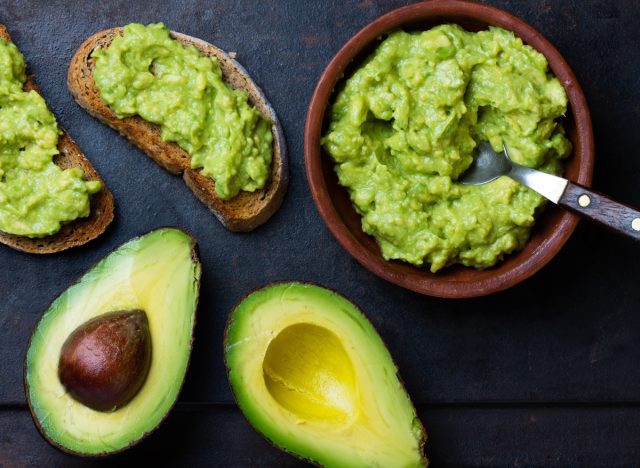
Avocados are the first high fiber food he recommends. “A staple in the healthy fat category because of their nutrient density and higher fiber content. These can be added to various meals or even smoothies, creating many opportunities to increase fiber intake in many ways while giving you about 5g of fiber for half an avocado,” says Mitchell.
Oats
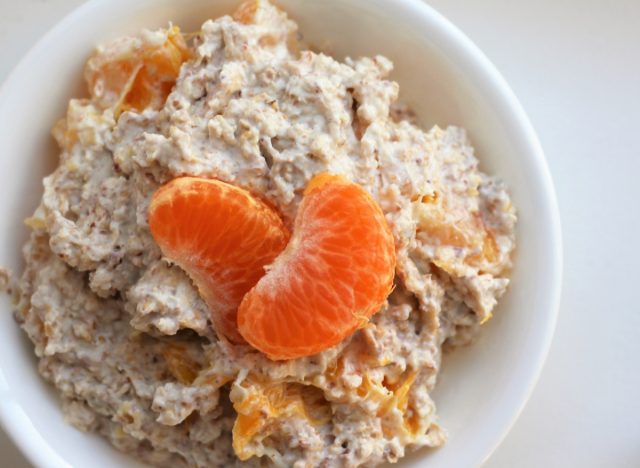
Oats are the next item to add to your diet. “These are a staple in my diet every single day. Half a cup gives you 5g of fiber to start your day and with so many ways to top oatmeal or add to it, it can make for a tasty way to start the day. I personally add cinnamon, honey, and fruit to top it off and get my day started,” he says.
Berries
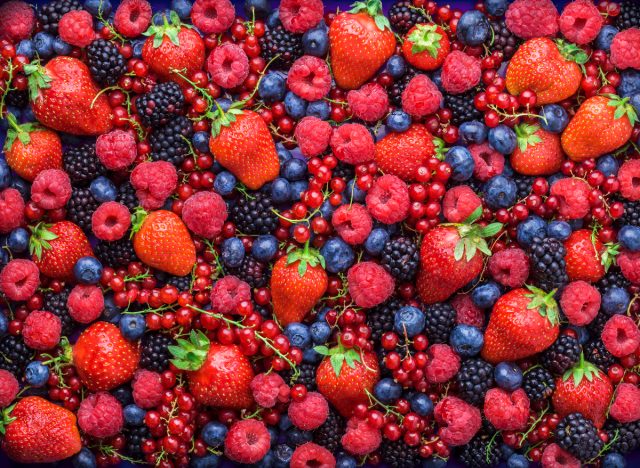
Berries are also fibrous. “Raspberries and blackberries in particular are great sources of fiber with very little calories. About a cup of each gives you 6-8g of fiber for less than 100 calories. Plus they taste great,” says Mitchell.
Chia Seeds
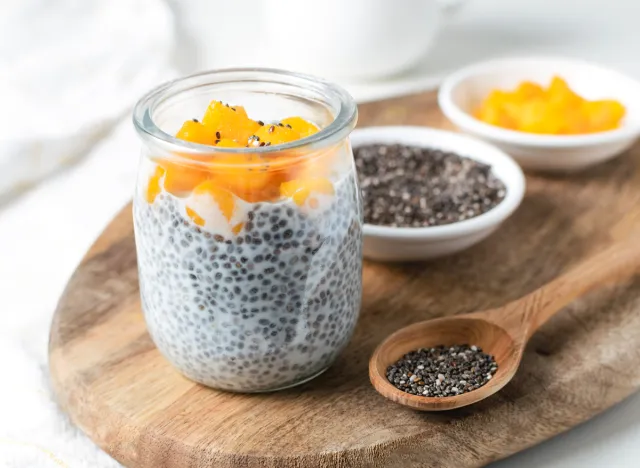
Next up, chia seeds. “These bad boys are an incredibly nutrient-dense food that help regulate appetite and have anti-inflammatory effects that lead to even more health benefits. Two tablespoons can add a whopping 10g of fiber to your day,” he says.
Cruciferous Vegetables
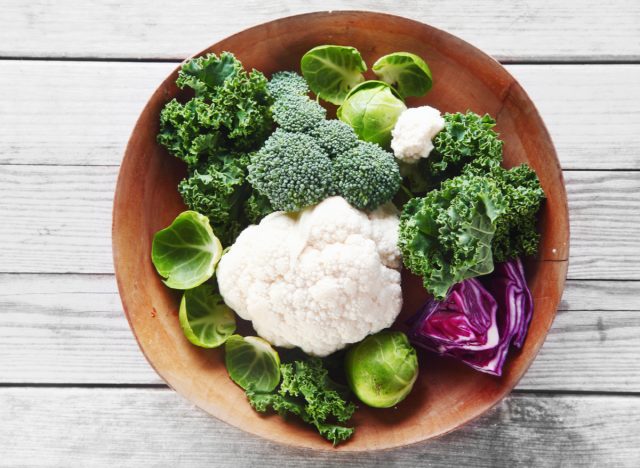
Load your plate up with cruciferous vegetables. “This would include veggies like broccoli, cauliflower, and Brussels sprouts. Very low calorie and very high fiber per serving, which is about 5g of fiber. When I am teaching clients to eat more to lose weight, I like to let my clients know that these are “free” foods, which are a foods you can eat a lot of without adding extra calories,” he says.
Beans/Lentils
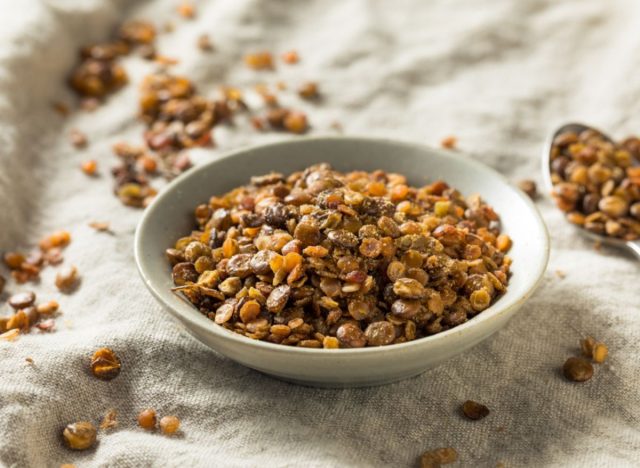
Beans and lentils are another essential fiber. “I couldn’t just talk about one or the other; beans and lentils are great, high fiber and nutrient-dense foods,” Michell says, noting that one cup cooked of each equals around 15g of fiber and is also a great plant-based source of protein. “This can help regulate your appetite to consume less calories,” he says.
Psyllium Husk
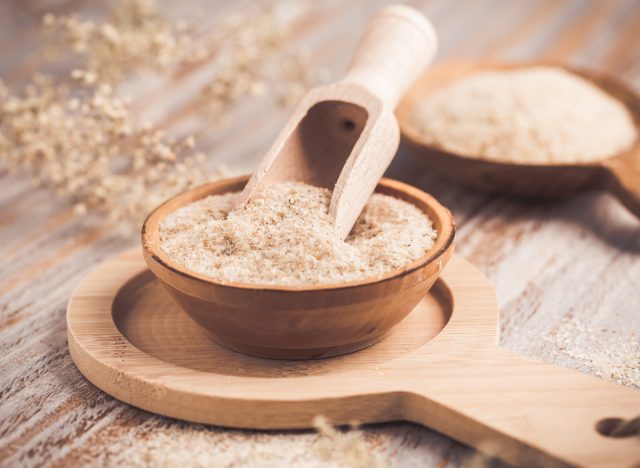
Psyllium husk is “a great way to supplement fiber into your diet!” Mitchell says. “I usually recommend supplements last because it’s great to prioritize whole foods first, but this is a great way to get quick fiber on the go or even add into baked goods without noticing much change in taste or texture.”
Bottom Line: Eat More Fiber, Eat Fewer Calories
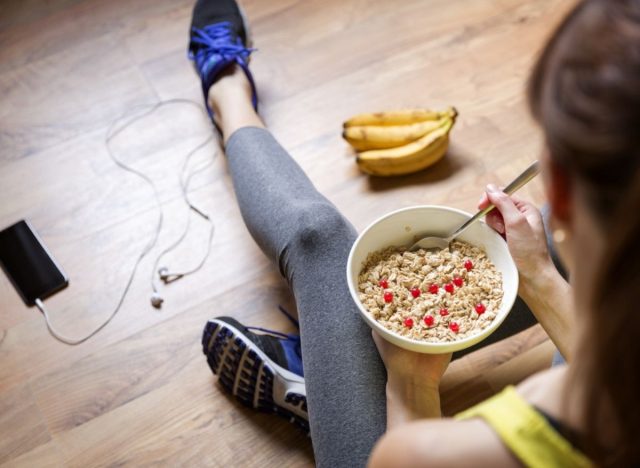
The bottom line? “Losing fat isn’t about finding magic foods, it’s about understanding your body and giving it what it needs. Higher fiber will help you feel more satisfied, lessen your cravings, and make staying in a calorie deficit easier,” says Mitchell. “It may be a small piece of the puzzle but done consistently, it will have a massive impact on your results over time. It doesn’t have to start all at once, just keep it simple with one meal at a time and before long you’ll be feeling and looking your best without being restrictive.”